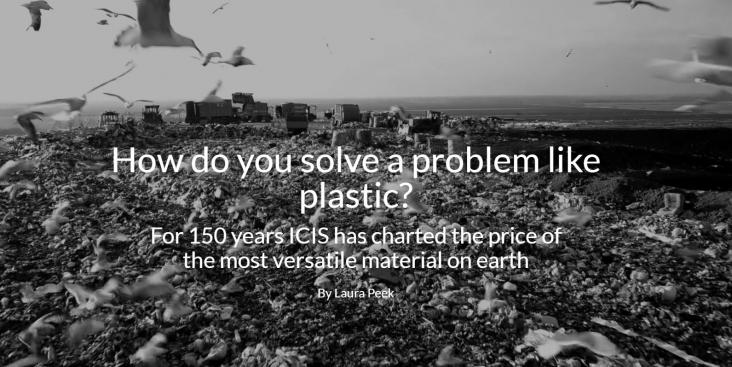This Article supports SDGs 7, 11, and 8 by presenting an alternative means of agricultural transport utilizing solar-powered farm rickshaws versus the traditional fossil fuel vehicles.
Reducing emissions and improving environmental conditions are now a global priority for promoting sustainable growth and preventing the adverse consequences of global warming and climate change.

ICIS, a RELX business, analyses the complex problem plastics, recycling, and disposal, relating to SDG 12, Sustainable Consumption and Production. They believe the solution is likely to involve improving recycling infrastructures; designing new, more sustainable plastics; designing products with an end-of-life plan; finding new ways to degrade plastics – such as plastic-eating mealworms and microbes; and diversifying the raw materials that make plastics to plant-based alternatives.
We observe the link between Artificial Intelligence (AI) and Sustainable Development Goals (SDGs). We use automated methodologies to find insights and overlaps between AI and the SDGs. AI-Ethics frameworks need to give more attention to Society and Environment areas. Inclusive action is needed to balance the efforts for solving SDGs by using AI.SDGs 13, 14, and 15 (all related to the Environment area) are not sufficiently addressed.

This article, relating to SDG 12, Responsible Consumption and Production, analyses global recycling and sustainability trends, chemical industry environmental regulations, and supply chain issues.

ICIS, a RELX business, analyses the chemical recycling process and its potential as a long term recycling solution, relating to SDG 12, Responsible Consumption and Production. So far, there have been many challenges facing chemical recycling adoption that are explained in this article, however, longer term there is some certainty that chemical recycling can be complimentary to mechanical recycling overall.
Elsevier,
Deployment of Carbon Capture and Storage: Insights, Case Studies, and Key Learnings, Volume , 1 January 2023
This chapter advances UN SDG goal 12 and 13 by presenting an overview of CCS technologies and how they support the reduction of carbon emissions.
This short communication reports on a new research agenda for understanding and advancing Planet Health Equity (PHE).
Elsevier,
Synthesis of Bionanomaterials for Biomedical Applications, Micro and Nano Technologies Series, 2023, Pages 493-528
This chapter aligns with Goals 12 and 13 by reviewing the ongoing research and development activities on the positive and harmful effects of NPs on the environment. First, the emission of NPs is described, then legislation and later the advantages and disadvantages of NPs toward the environment are highlighted. The possible consequences on human health and the environment, both negative and positive, are crucial issues that need to be addressed.
This study investigates how sustainable transport infrastructure affects access to healthcare.
